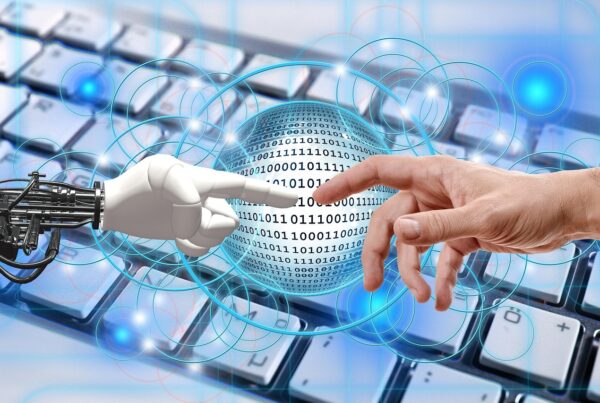#AI@Work: High Potential, Low Impact
More companies are turning to vendors for cloud- based solutions. Everyone is getting in the game. It is all about competition. AI is a competitive advantage and is critical to strategic position. Systems with huge cloud-based data sets like CRM (Customer Relationship Management) and ERP (Enterprise Resource Planning) systems open the doors for using AI. CRM is software that lets the company track every transaction with clients and customers. ERP refers to software that helps manage processes that are going on across the enterprise.
AI and increased threat go hand in hand. This is because everything is digital. Companies are finding it easier and easier to use AI. More and more vendors are getting on the bandwagon. Modifying and customizing off-the-shelf applications is replacing the build-from-scratch approach. The cost and initial risk is coming down. Finally, the expectations for transformation are slowing a bit. This is because we
are recognizing the complexities of installed AI. AI impacts the infrastructure and training and education. How we use AI and how we protect ourselves while using AI is a balancing act. One that society has not quite mastered. The promise of better, faster, cheaper products and processes and better decisions is offset by the realities and dangers of digitization.
Humans always complicate things. There is undoubtedly huge potential that will help humans and make the healthcare industry more efficient and cost effective. Once people get involved, using AI successfully can be more challenging. Healthcare is probably the most visible industry with high AI potential but low impact so far. Using AI for radiology and claims management has been a success, showing us again that redundant processes, either cognitive or task oriented, will be replaced.
#AI@Work, #WFH, #Virtual Touchpoints, #ThePajamaEffect, #The Visual Connection, #BobbeGB, #BobbeBaggio, #Touchpoints, #Remote Workplace, #WorkFromHome, #PJEffect, #LinkedInNewsLive




